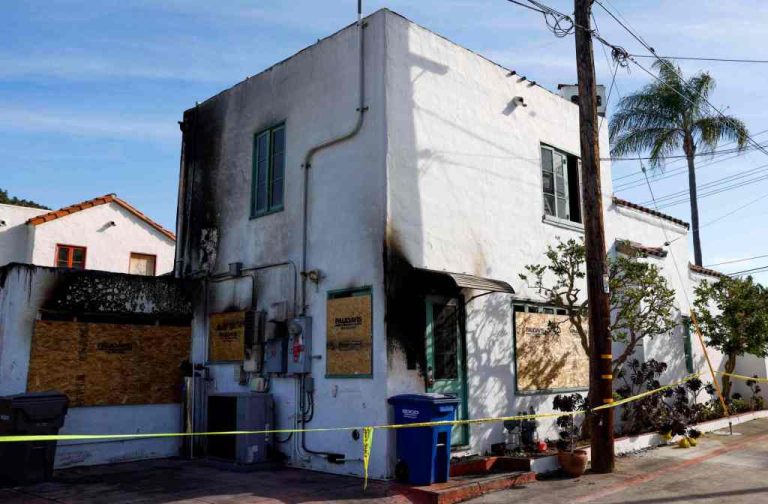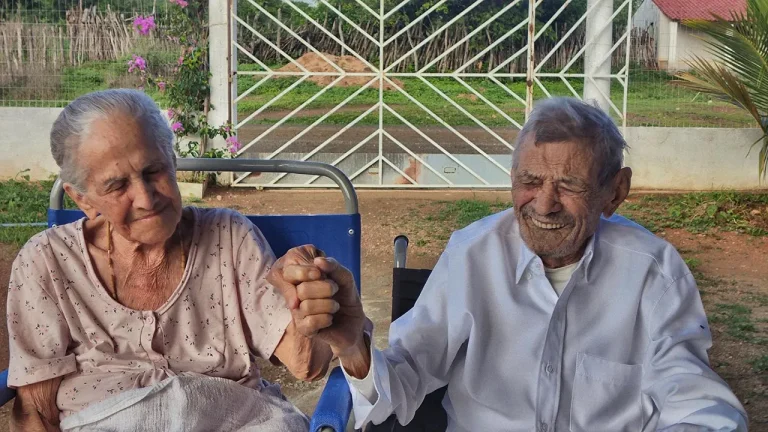

Expand Oceanside’s new homeless shelter, buy more land for affordable housing, and improve contacts with people in need were among the ideas discussed Wednesday for an update of the city’s homeless action plan.
Oceanside City Council members proposed adding 25 beds to the 50 now at the Navigation Center. The city’s first year-round shelter, it opened in 2023 and is operated by the San Diego Rescue Mission.
The council also agreed to consider proposals from other organizations that might take over the shelter near Oceanside Boulevard and El Camino Real. The Rescue Mission’s one-year contract was renewed last November.
“It’s probably time for us to not only look at the expansion of it, but … does the operation meet the needs of today,” said Leilani Hines, Oceanside’s housing and neighborhood services director.
“This landscape changes drastically from year-to-year depending on the economy … politics” and other factors, Hines said.
The discussion Wednesday was the first step toward updating the city’s three-year-old homeless action plan, said City Manager Jonathan Borrego.
“We have made significant strides in addressing the issue of homelessness here,” Borrego said. “We feel like we’ve made a significant dent, but of course there’s much more to be done.”
Despite the city’s efforts, its homeless population as measured by the annual regional point-in-time count has gone up and down without dramatic change in recent years, from 492 individuals in 2019 to 522 in 2024, as people continue to fall into homelessness.
Councilmember Eric Joyce suggested the city consider buying more properties to be used for affordable housing projects such as Greenbrier Village. The 60 apartments near the Crouch Street Sprinter Station have onsite supportive services for the formerly homeless or nearly homeless.
Councilmember Rick Robinson said Oceanside needs “some sort of rapid response team” so that when someone finds a person sleeping outside in the rain, for example, there’s a number to call for immediate assistance.
“We have those that continually refuse service,” Robinson said. “If you don’t want help, if you don’t want to get out of the riverbed … we have to come up with a solution about what we are going to do about that.”
An expansion of motel voucher programs also was discussed. The city uses several different voucher programs that target different groups such as families, persons with serious mental illnesses, permanent disabilities, veterans and more.
Mayor Esther Sanchez said she would like to set a goal of reducing Oceanside’s unsheltered population by half over the next three years by placing people in permanent housing.
“We are capable of doing 100 a year … each year for the next three years,” Sanchez said.
The largest and fastest growing subgroup of Oceanside’s homeless population is people age 55 years and older. In 2024, they made up 32% of the total.
Last year, Carlsbad and Oceanside together were awarded an $11.4 million state grant to address homeless camps along state Route 78 from Interstate 5 to the Vista border.
The money will fund a three-year, multidisciplinary approach with wraparound services, including case management, peer support, street medicine, harm reduction, mental health care and help finding interim and then permanent housing.
Oceanside officials said they plan to use the same strategy citywide.
The updated homelessness action plan will be presented to the City Council for approval later this year.
Originally Published:








